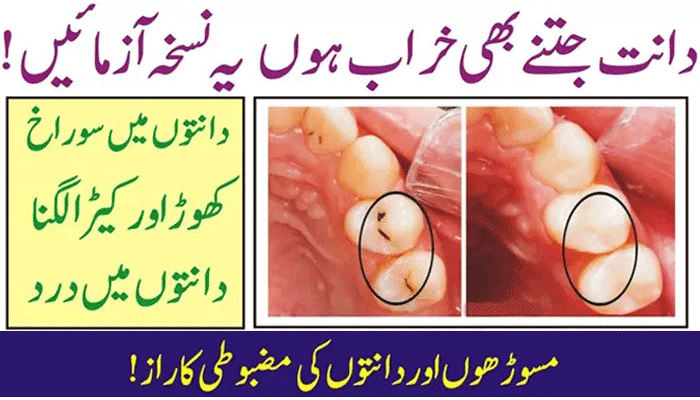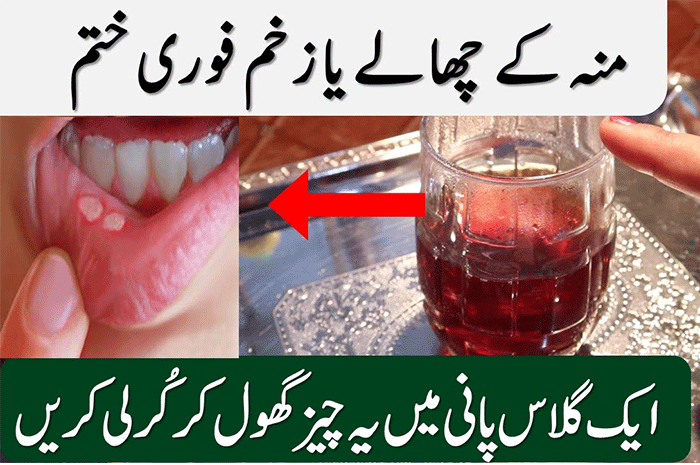
Tooth decay is a problem that many people have around the world. It is caused by bacteria in your mouth that feed on the sugars and starches in your food and produce acids that erode your tooth enamel. If left untreated, tooth decay can lead to cavities, infections, tooth loss, and gum disease.
Fortunately, there are many ways to prevent and reverse tooth decay and keep your teeth healthy and strong. In this blog post, we will share some tips and habits that can help you stop tooth decay and prevent gum disease.
Prevent Gum Disease and Tooth Decay
What are the stages of tooth decay?
Tooth decay occurs in several stages, depending on how much damage has been done to your tooth enamel. These are the five stages of tooth decay:
Stage 1: Initial demineralization: This is when your enamel starts to lose minerals due to acid attacks from plaque bacteria. You may notice a white spot on your tooth that indicates a mineral loss. This stage can be reversed by remineralizing your enamel with fluoride and other minerals.
Stage 2: Enamel decay: This is when your enamel breaks down further and forms small holes or cavities. You may notice a brownish color on your tooth or experience sensitivity to hot or cold foods or drinks. This stage requires dental treatment to fill the cavities and restore your tooth.
Read Also: Vitamin D Deficiency in Pakistan: Causes, Symptoms and Remedies
Stage 3: Dentin decay: This is when the decay reaches the dentin, which is the softer layer of tissue under the enamel. Dentin decay progresses faster than enamel decay and causes more sensitivity and pain. You may also notice a yellowish color on your tooth or feel a sharp pain when biting down.
Stage 4: Pulp damage: This is when the decay reaches the pulp, which is the innermost layer of your tooth that contains nerves and blood vessels. Pulp damage causes inflammation and infection that can affect the health of your tooth and surrounding tissues. You may experience severe pain, swelling, fever, or bad breath.
Stage 5: Abscess: This is when the infection spreads to the root of your tooth and forms a pocket of pus called an abscess. An abscess can cause intense pain, swelling, redness, and pus discharge. It can also spread to other parts of your body and cause serious complications.
How to prevent tooth decay and gum disease?
The best way to prevent tooth decay and gum disease is to practice good oral hygiene and visit your dentist regularly for checkups and cleanings. Here are some tips to help you keep your teeth and gums healthy:
Brush your teeth at least twice a day with fluoride toothpaste.
Fluoride helps strengthen your enamel and protect it from acid attacks. Use a soft-bristled toothbrush and brush gently for two minutes, covering all surfaces of your teeth.
Floss daily between your teeth.
Flossing removes plaque and food particles that your toothbrush can’t reach. It also helps prevent gum disease by keeping your gums clean and healthy.
Rinse with a fluoride mouthwash.
A fluoride mouthwash can provide extra protection for your teeth by rinsing away any remaining plaque or bacteria. It can also freshen your breath and reduce inflammation in your gums.
Eat a nutritious diet with limited snacks.
Eating foods rich in vitamins, minerals, antioxidants and fiber can help nourish your teeth and gums and boost your immune system. Avoid foods that are high in sugar, starch, or acid, as they can damage your enamel and feed plaque bacteria. Limit snacking between meals, as this can increase the frequency of acid attacks on your teeth.
Drink plenty of water.
Water helps wash away food particles and plaque from your mouth and keeps you hydrated. It also helps balance the pH level of your mouth and prevent dry mouth, which can increase the risk of tooth decay and gum disease.
Use supplemental fluoride treatments or dental sealants if recommended by your dentist.
Fluoride treatments can help remineralize weak spots on your enamel and prevent cavities from forming. Dental sealants are thin coatings that are applied to the chewing surfaces of your back teeth to seal out plaque and bacteria.
Avoid tobacco products.
Tobacco can stain your teeth, damage your gums, cause bad breath, and increase the risk of oral cancer. Quitting tobacco can improve your oral health and overall well-being.
Get regular dental cleanings and exams.
Your dentist can remove any tartar or calculus that has built up on your teeth over time, which can harbor bacteria and cause decay or gum disease. Your dentist can also detect any signs of tooth decay or gum disease early and provide appropriate treatment.
Tooth decay and gum disease are common but preventable dental problems that can affect your oral health and quality of life. By following the tips and habits we shared in this blog post, you can stop tooth decay and prevent gum disease and keep your smile bright and healthy.







